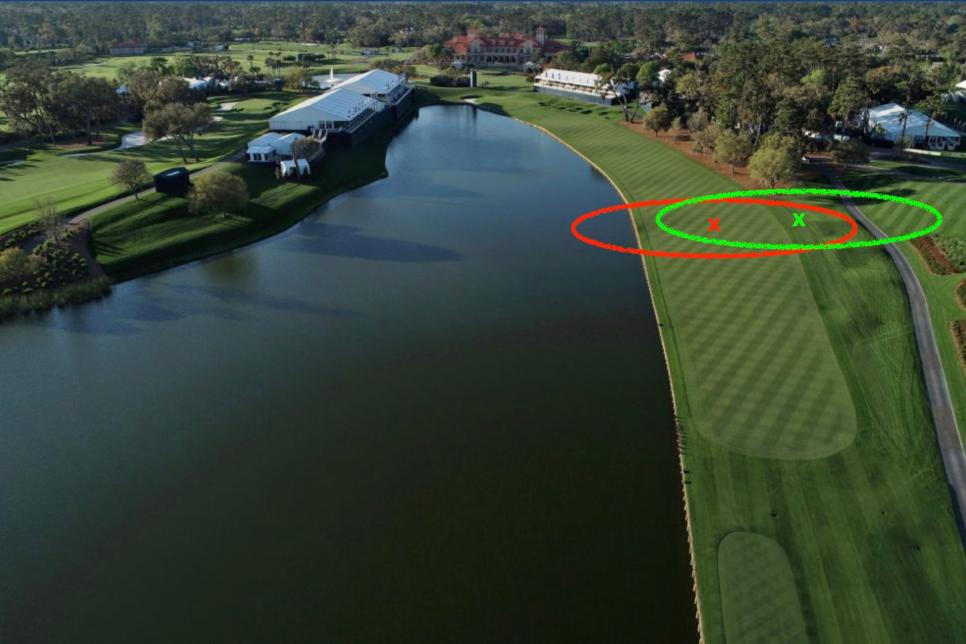Golf IQ
A 'preferred miss' will lower your stress and scores. Here's how to find yours

One of the problems with playing Army Golf—where your misses go in every direction, left, right, left, right—is the mental side can be left crippled with doubt. Trouble up the left side? Logically, you’d think you should aim up the right, but if you miss that way, you’re suddenly miles away in the next fairway.
Everyone knows where their good shots are going—at whatever target they choose—but knowing where your bad shots will go is critical to scoring, especially when you’re not hitting the ball well. That’s the topic me and Golf Digest Senior Game Improvement Editor Luke Kerr-Dineen talked about on this episode of Golf IQ, which you can listen below (or subscribe right here!).
Circling back to our example of trouble up the left side, if you know that your typical miss is to the right (and rarely left), then you can aim up the left side of the fairway and be confident that your worst shot will only go a little bit into the right rough. If you tend to miss left—and hardly ever blow it out to the right—then you can aim up the right edge of the fairway, and your worst miss will still avoid the trouble on the left.
OK, this all sounds too simple. How do you get a one-way miss? They key is to get all your shots moving in the same direction, either left-to-right or right-to-left. Once you groove one shot shape, your bad shots will simply be more extreme versions of what your ideal shot shape is. Deciding on which shot shape you want starts with figuring out which miss you want to avoid.
Preferred miss
Most of us have one shot that we despise hitting. For some, it’s a quick hook, while for others (like Lucas Glover), it’s a shot that starts right and goes farther right. Once you decide which bad shot you’d like to never (or rarely) hit, then the opposite direction will be your preferred miss. This is the shot that, though you don’t like hitting it, you’re OK with the outcome. It doesn’t ruin your confidence.
Next, you’ll pick a shot shape that, when it curves too much, will be your preferred miss. If a right-handed player decides their preferred miss is to the left, then they’ll make sure they are drawing all their shots. When they overdo the draw, they will miss left, but rarely will they miss right. The same goes for a righty who hates the left miss—they should hit fades to ensure their misses go to the right.
Having this one-way, preferred miss will free you up and allow you to pick targets that minimize risk. That’s how you’ll score even when you’re not hitting it well.
Once again, you can listen to the full podcast right here: